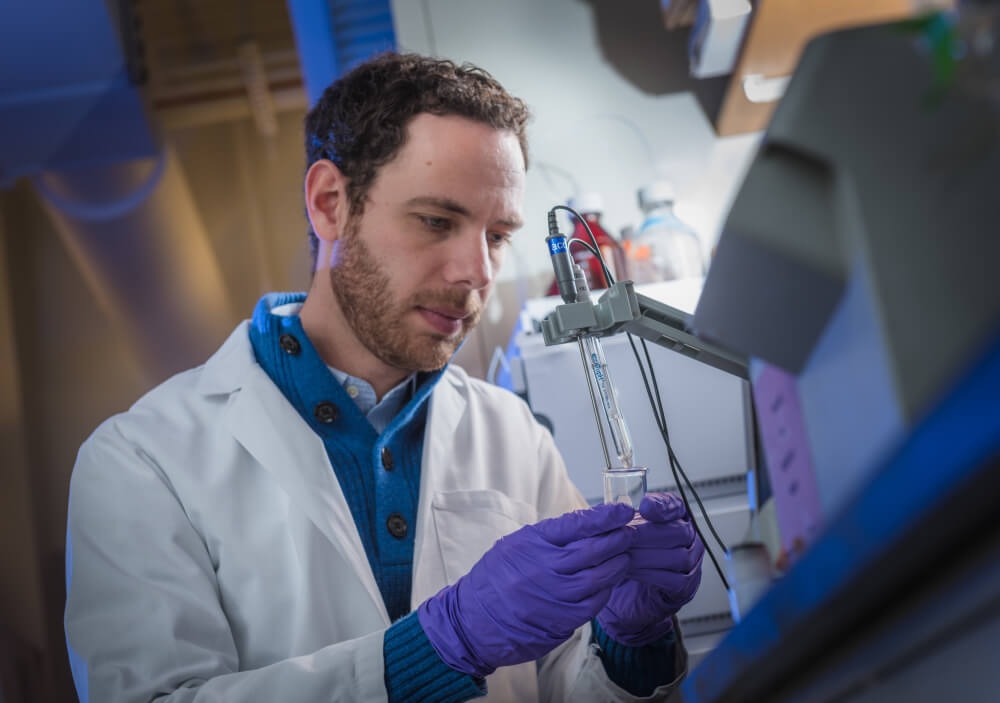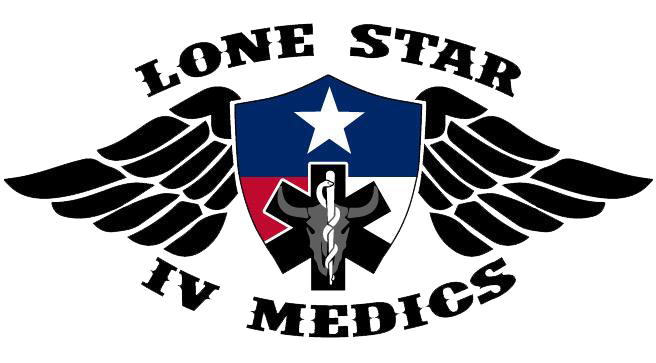
In cancer care, earlier is better. Detecting and treating cancer sooner improves the chances for a better outcome. Immunotherapy has transformed cancer treatment but it’s not an early intervention. Surgery is standard care for solid tumors. Surge Therapeutics aims to supplement this surgery with a hydrogel that serves as a vehicle for an immunotherapy. Applied where the tumor was removed, this gel keeps the drug and its effects localized where it can provide benefit sooner.
“Surgery right now is a physical intervention,” Surge founder and CEO Michael Goldberg said. “We believe there should be a biochemical one as well.”
Cambridge, Massachusetts-based Surge is preparing to advance to its first tests in humans. The company emerged this week with $26 million to support its clinical trial plans.
The Surge technology stems from preclinical research conducted at Goldberg’s lab at Harvard Medical School. In a mouse study, the scientists were able to cure a very aggressive cancer with a single dose of a drug. Goldberg said his team came to realize that the reason for this dramatic improvement was that in addition to the drug, treatment of the mice also leveraged the standard of care—surgery.
Surgery is an opportune time to intervene with immunotherapy, Goldberg said. One of the effects of any surgery is a temporary suppression of the immune system. Also, surgery to remove tumors can paradoxically lead to the spread of cancer. The primary tumor sends out signals that suppress metastasis elsewhere in the body, Goldberg explained. Excising the tumor removes those signals. Published research also suggests that surgery can allow immunosuppressive cells to quickly repopulate small pockets where residual cancer cells reside, making any remaining cancer cells resistant to further treatment. Goldberg says Surge’s approach could reprogram these regions, activating the immune system to clear residual cancer from the body. That’s important because most cancer-related deaths are attributed to metastasis of the disease.
Immunotherapy has become an important tool in cancer care, but these cancer drugs circulate throughout the body resulting in not enough of the medicine reaching the tumor where the therapy needed most, Goldberg said. But timing is crucial as well. It’s easier to treat a few thousand cancer cell stragglers after surgery than to try to take on billions of them later on when the disease has spread, he added. Not only is less cancer easier to treat, leveraging immunotherapy when the immune system is healthier should also lead to a better immune response.
“The goal is to not just extend [survival] three or four months, but to cure,” Goldberg said. “If cancer does not come back, then that’s a functional cure.”
There’s precedent for applying a drug during a surgical procedure for a post-surgical therapeutic effect. Exparel from Pacira Biosciences and Heron Therapeutics’ Zynrelef are pain drugs approved for application to tissues during certain surgical procedures as a way of addressing postsurgical pain. There’s also already a place for cancer therapies to address remnants of the disease. Radiation, chemotherapies, and even some immunotherapies are used as adjuvants, treatments given after surgery to kill any remaining cancer cells. But Goldberg notes that adjuvant therapy is typically given a month or so after the surgery to allow a patient to heal. That means any cancer cells left have a one-month head start. Surge’s technology can offer an earlier intervention with what Goldberg describes as an “intraoperative adjuvant.”
The Surge technology is essentially a drug delivery system. The biodegradable thermogel changes form in response to changes in temperature, Goldberg said. At room temperature, the hydrogel is liquid allowing it to be administered by injection to the site where the tumor was surgically removed. At body temperature, the product becomes a gel that keeps its drug payload at the affected area and controls its release to take on any cancer cells left behind.
Goldberg describes the Surge hydrogel as “fancy Jell-O,” but it actually represents about seven years of research and engineering. The company developed hundreds of formulations accounting for various properties, such as the viscosity of the product, the temperature at which it gels, and the speed at which it releases a drug payload. That research has yielded a hydrogel that can deliver many different cancer drugs. But rather than developing novel medicines for delivery with this gel, Goldberg said his company will pick from known safe molecules that could be made more effective or safer with the Surge technology. For example, drugs that are too potent for systemic delivery could be dosed with Surge’s technology in a way that keeps their potent effect at the surgical site.
The Surge technology also opens the door to partnerships. Goldberg said other companies have expressed interest in leveraging Surge’s technology to differentiate a product in a crowded field or to address a different patient population.
The early Surge research has focused on drugs that activate toll-like receptor 7/8 (TLR7/8) pathways, which spark immune responses that address viruses and tumors. Mouse studies showed that the hydrogel’s extended release of drug at the tumor resection site led to higher cure rates compared to the same therapy dosed systemically or administered locally in a solution. Results from this research were published in 2018 in Science Translational Medicine. The first drug that Surge will test in humans is a TLR7/8 agonist called resiquimod, a drug that has already been developed for a topical gel formulation for use treating genital warts and certain skin cancers. Goldberg said Surge chose this drug because of its established record of safety and efficacy.
Surge has already tested hydrogel-delivered resiquimod in rats and dogs. Though this approved drug already has plenty of supporting human data, the Surge technology introduces a novel route of administration and release profile, so the FDA will require data from all phases of clinical testing starting with a dose-finding Phase 1 study. Surge is preparing an investigational new drug application for submission to the agency in the current quarter; Goldberg said the company hopes to be “in the clinic shortly.” Surge is not yet disclosing which cancer or cancers the company aims to test in this study.
Surge’s Series A round of funding was led by Camford Capital. The financing included participation from Khosla Ventures, Intuitive Ventures, Pitango HealthTech, 8VC, Alumni Ventures, and the Cancer Research Institute.
Photo by Surge Therapeutics










